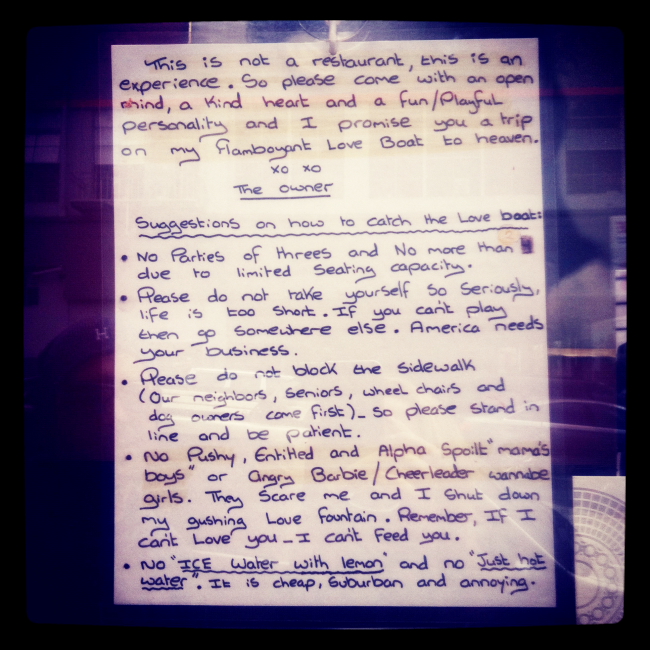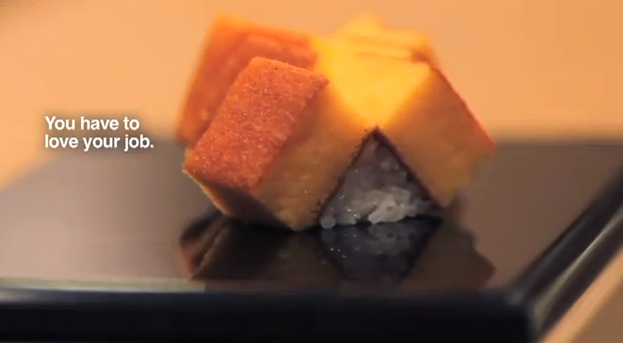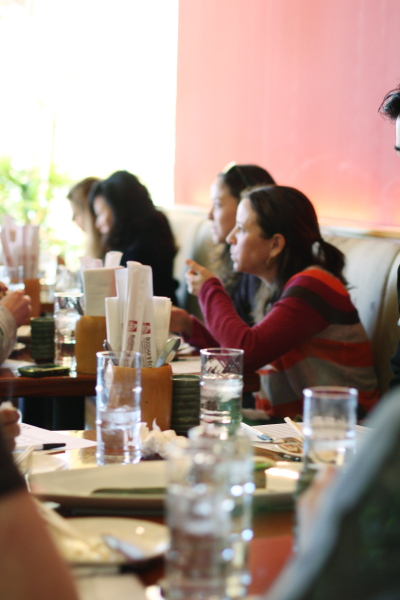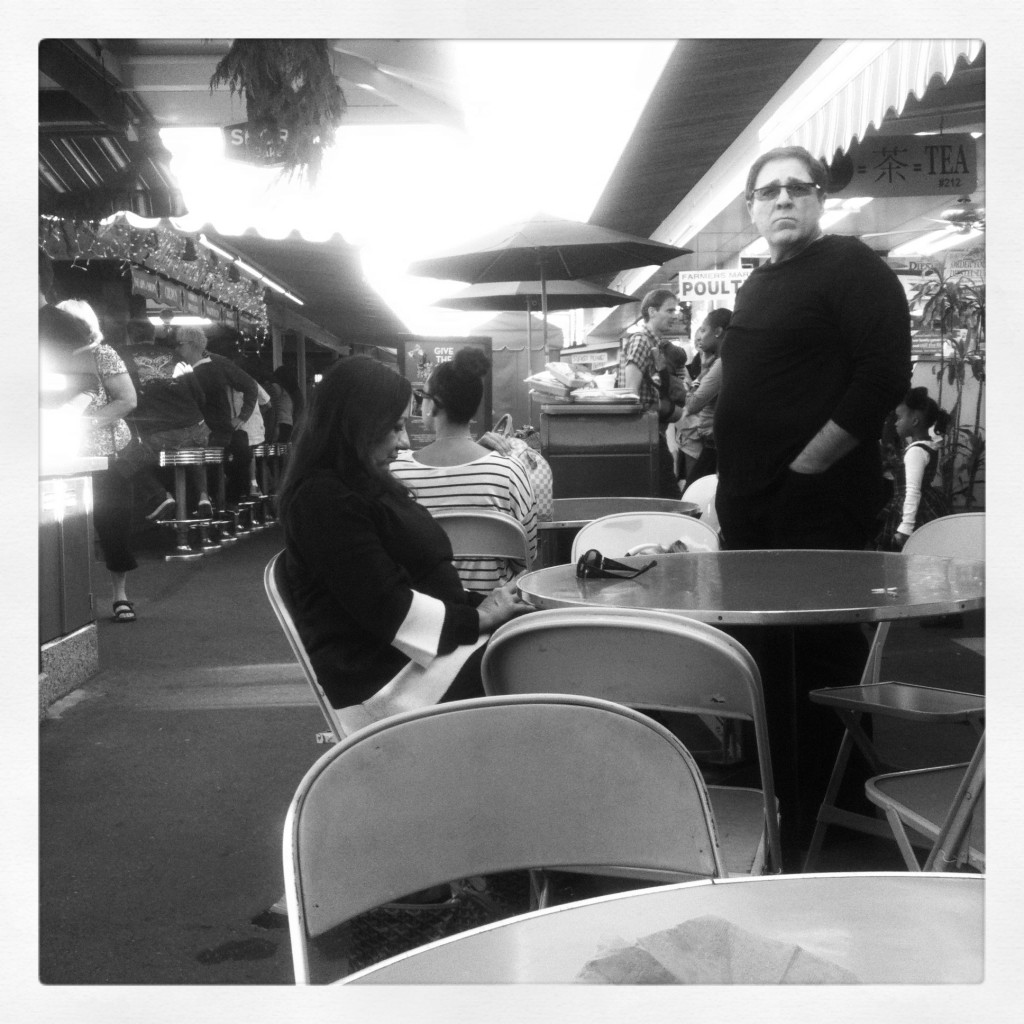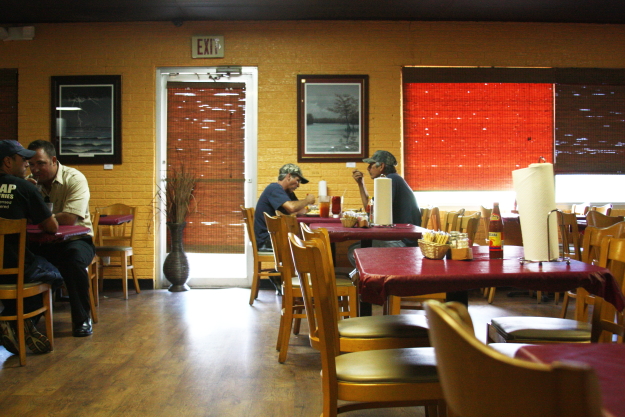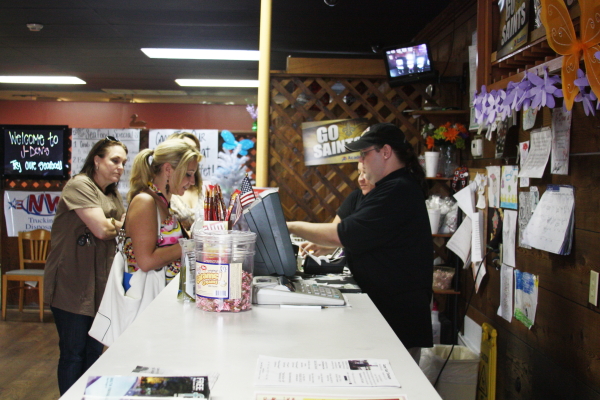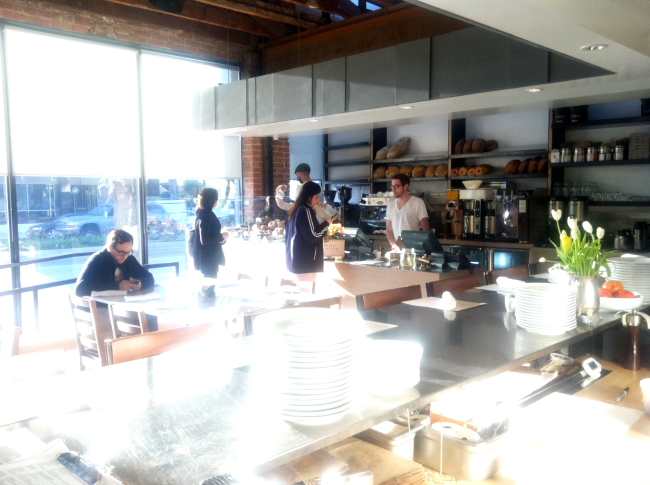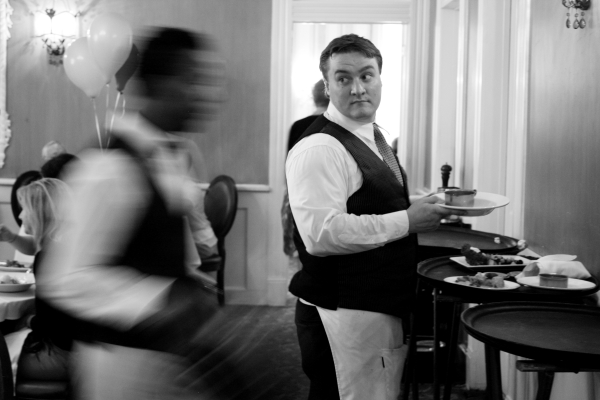I return to my apartment kitchen.
Overseeing a brand new 20-seat breakfast/lunch/dinner restaurant in Santa Monica has been an all consuming task these past six months. Weeks stacked up against each other without a day off between. Days began long before the sun started on its path to work and ended long after it was done. My vision for service and my desire to create a seamless restaurant has been a great challenge. The work has gone beyond basic work. It has become a job of sacrifice.
It’s ironic to work in the food industry and be unable to eat. I’ve ignored the longing for warm meals and decadent repasts with friends and filled my basic needs with family meal scraps, slices of bread grabbed on the fly, or a late night bowl of yogurt topped with granola. There just hasn’t been enough time for such things, I’ve told myself up until today.
But now, I’m in my kitchen. White linen sunlight spills through the windows and onto the tiled counter tops.
I pull ingredients from the refrigerator. There isn’t much to be found on the metal shelving–some eggs, a bunch of radishes, a block of cheese, a stick of Plugra butter–but for the first time in a long time, I have time to cook. I have a handful of potential for a simple meal. I couldn’t be happier.
I submerge a cluster of red and white baby radishes and their rough greenery in a bowl filled with cool water. I imagine my hands and the rest of me floating in spring water, like the deep spring that fills my family’s granite-ridged quarry in Gloucester, Massachusetts. It’s good to be in immersed in water, I think, even if it is to wash radishes. The last grains of sandy brown earth that clings to the candy stripe radishes falls away.
It’s quiet in my little kitchen. Inside my head, though, there’s all sorts of noise. I hear the biting chatter of self-doubt and the still, strong voice of inner faith. The inner critic and the perpetual cheerleader join in too, as they all battle it out in my head. You see, a little over a week ago, I received some news. Though it came as a shock at first, it was the news I had been praying for.
Thanks to divine provenance, I was given the gift of freedom. I have the opportunity to go back to my vocation as a restaurant consultant and service coach.
Return to my vocation
Two radish dry on a paper towel. I’m hungry and can’t bear to wait another moment for something to eat. Why wouldn’t I satisfy my hunger now? Why wait?
I slice the very tip of the remaining radish off and dip the red bulb into a shallow bowl of Maldon sea salt. I don’t know if it’s the crunch of the tiny pyramids of sea salt or the burst of white pepper spice from the radish, but I can’t help but gasp a little. The flavors and textures overtake me. Each magnificent bite is a tiny inspiration.
Awestruck, I think that I might be able to fill reams of paper trying to describe the flavors. I take another bite, hoping to confirm the magnificent spiciness. How something so simple could be so incredibly beautiful? I measure that last bite to the present, making sure that the value of the flavors hasn’t depreciated.
What makes this savory experience so remarkable, I realize, isn’t just the two simple ingredients of freshly picked radish and hand-harvested sea salt. It is the final, key ingredient of spacious time that allows me to experience and appreciate the astonishing flavors.
Time is what I’ve been so hungry for.
Eating radishes dipped in salt reminds me to keep it simple. Don’t push so hard or make things too complicated. Why wouldn’t I want to savor every bitter, sweet, and spicy moment?
[print_link]
Salted Radishes and Radish Salad
One bunch of Radishes (with greens on)
Maldon Sea Salt
Extra virgin olive oil 1-2 tablespoons (just enough to lightly coat the leaves)
Half a lemon
Salt and Pepper
Thoroughly wash the greens and roots of the radishes. Once clean and dry, remove the leaves. Discard any leaves that do not look fresh or green.
Eat one radish lightly dipped in Maldon sea salt. Have another. Enjoy the flavors!
Slice the remaining radishes into thin circles, about the thickness of card stock. Add to the greens in a small bowl. Sprinkle with small pinch of salt and pepper. Add a light drizzle of oil, just enough to lightly coat the leaves. Squeeze the half a lemon onto the leaves. Hand toss. Taste for seasoning and balance. Serve.





